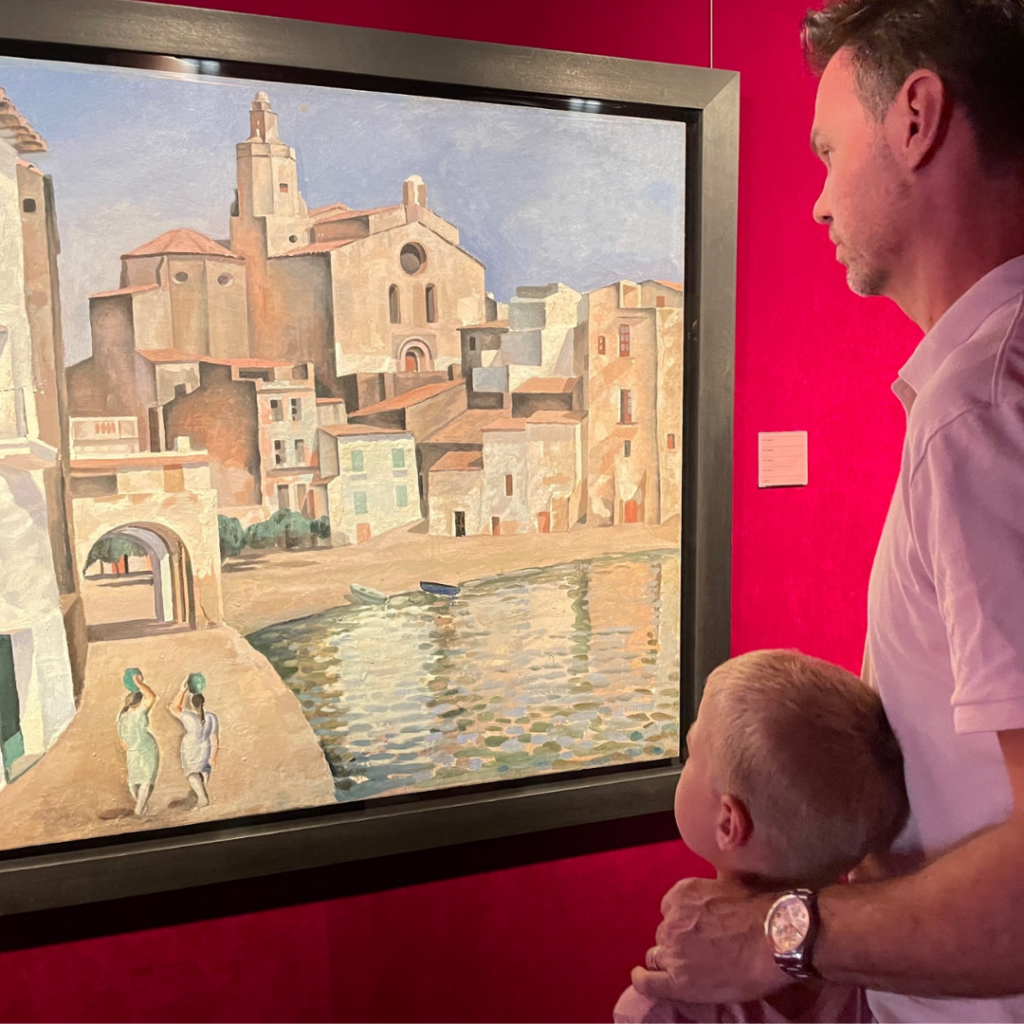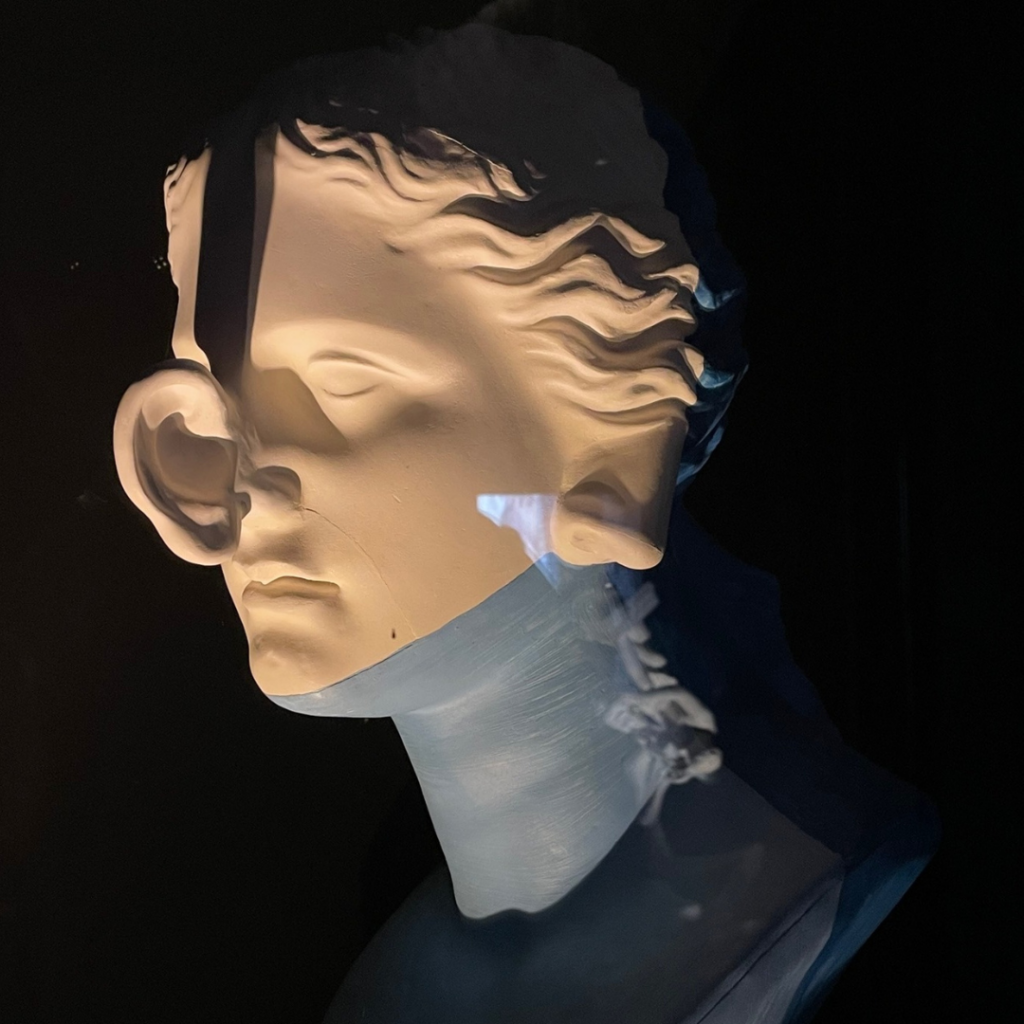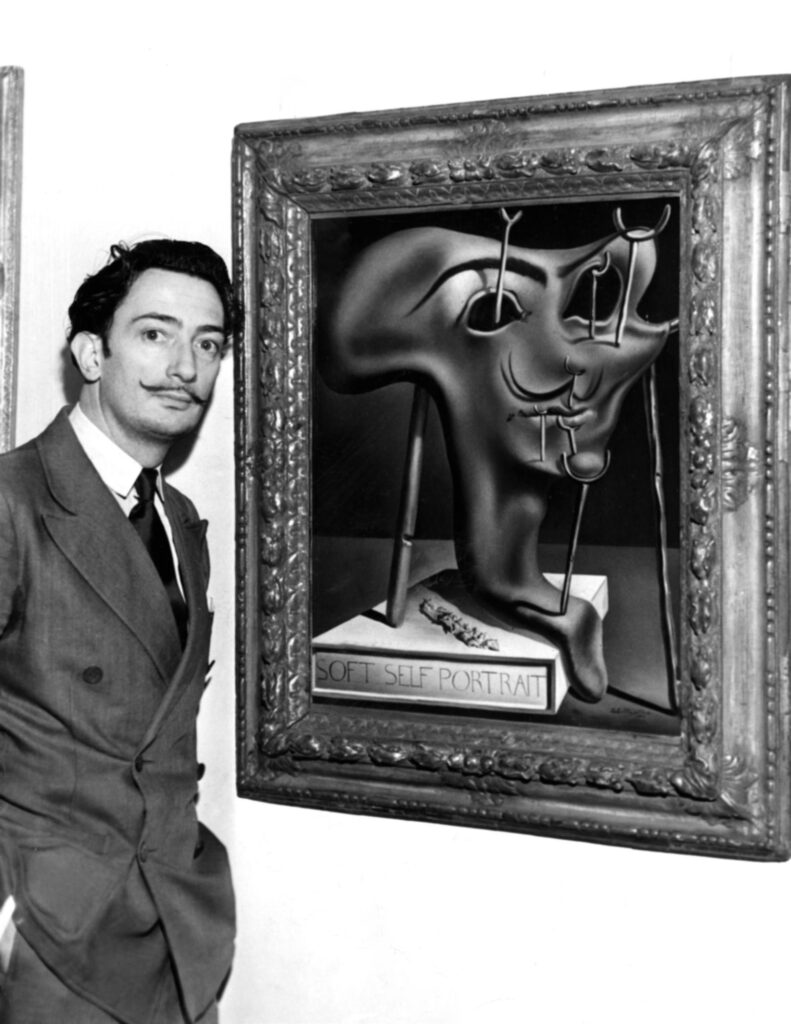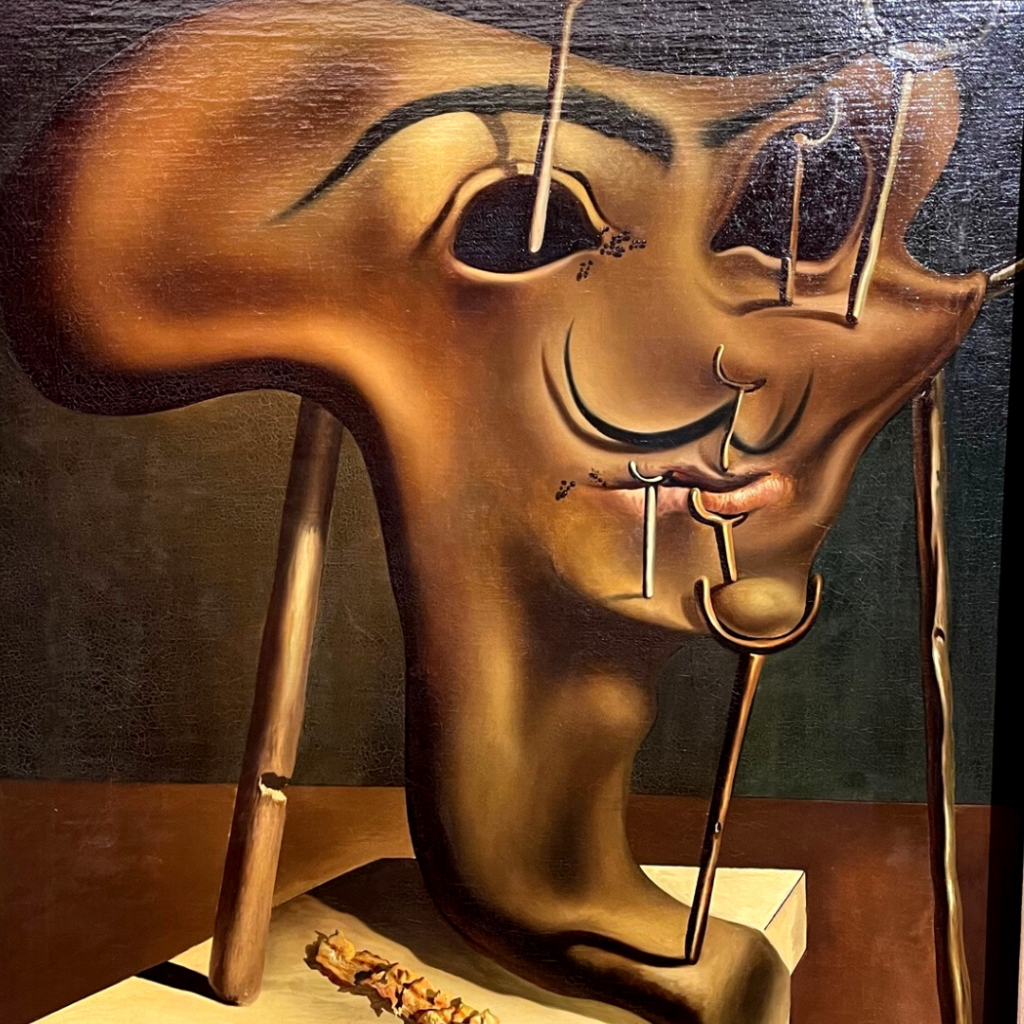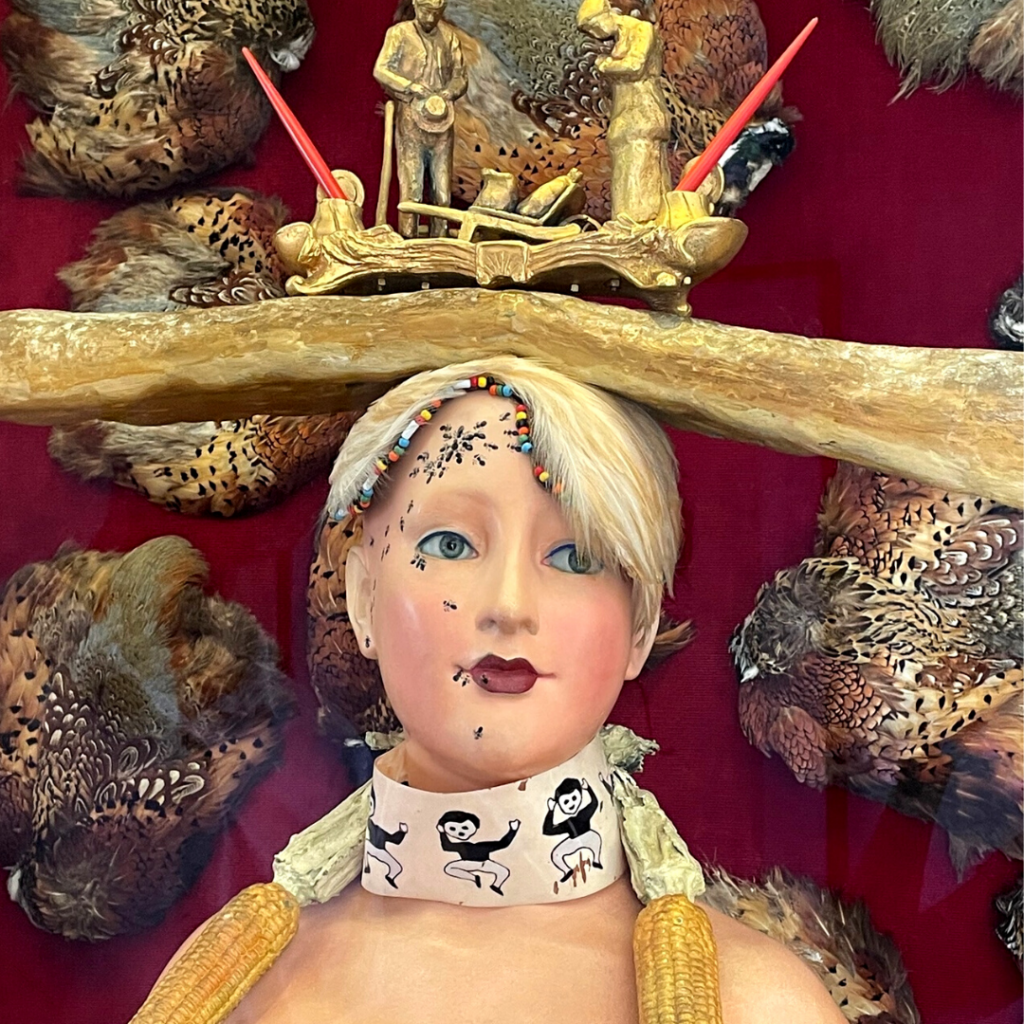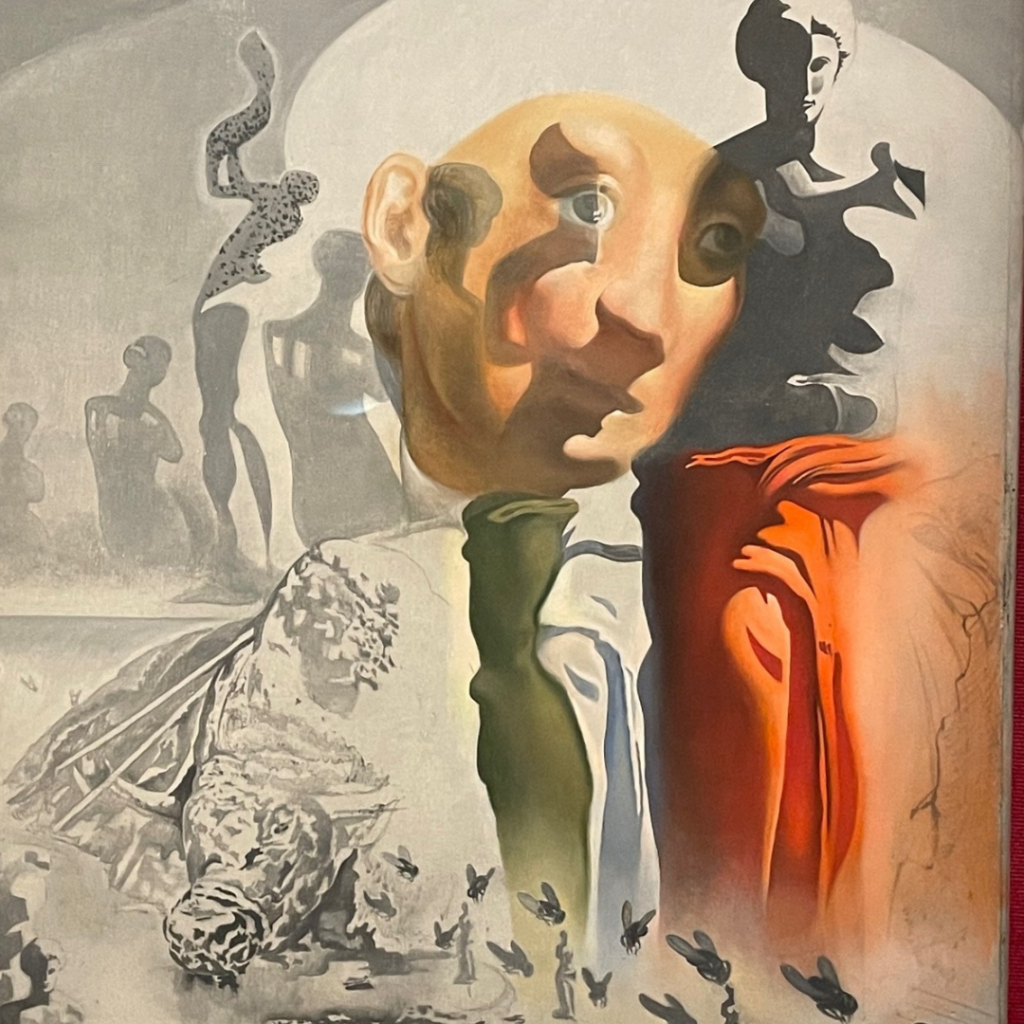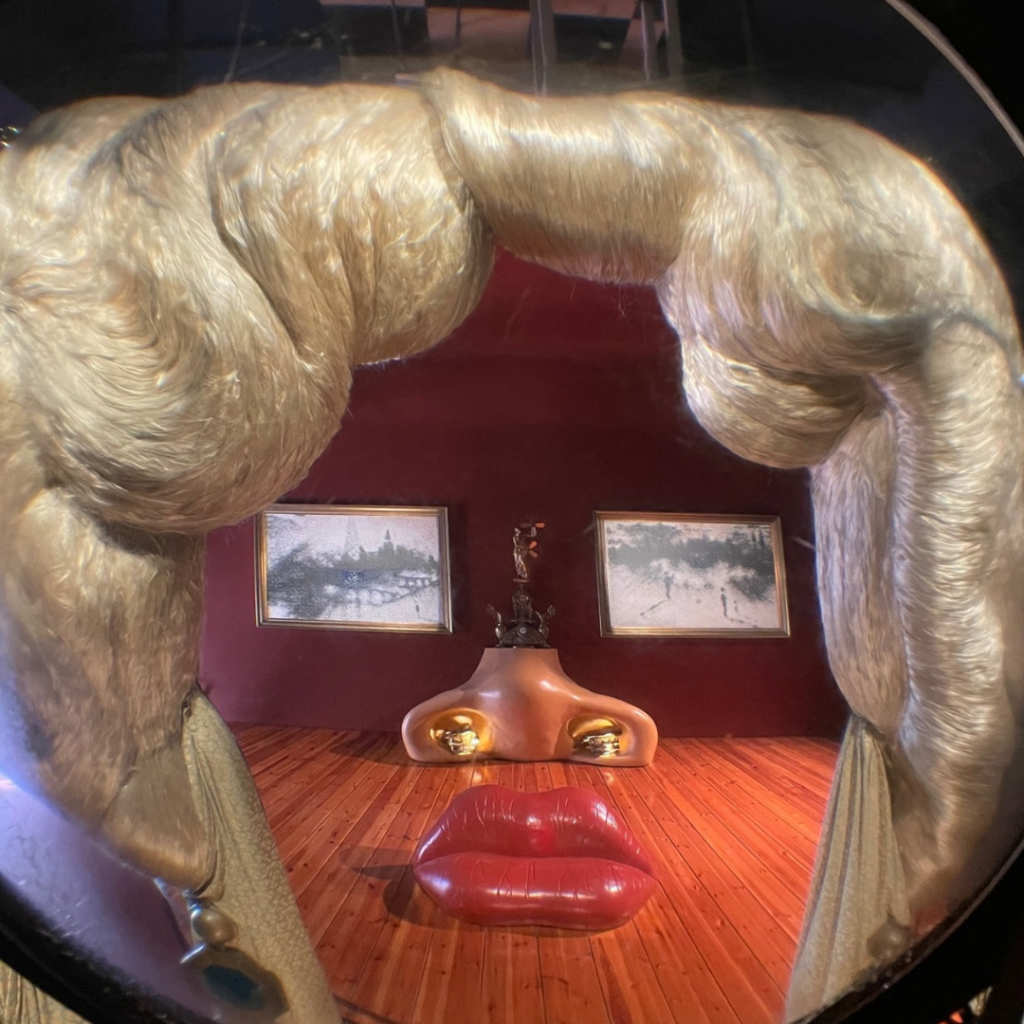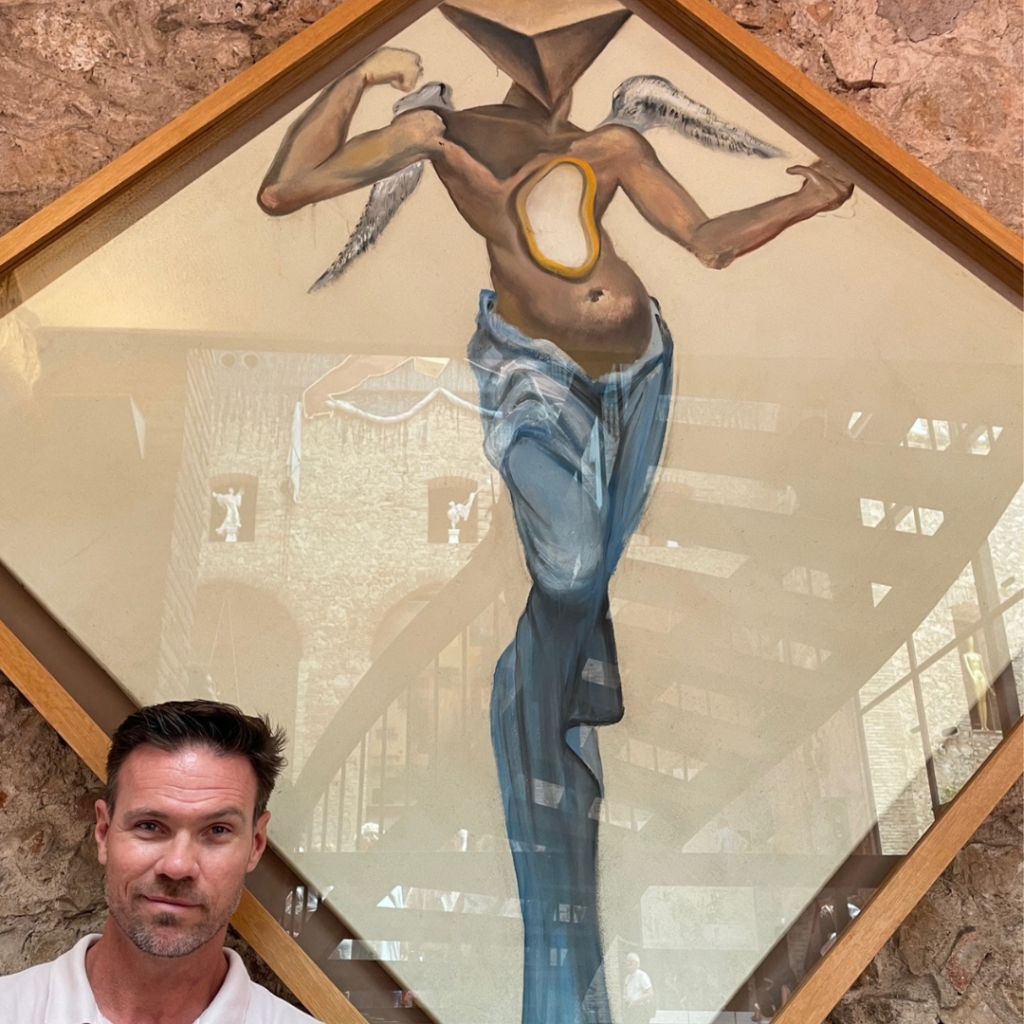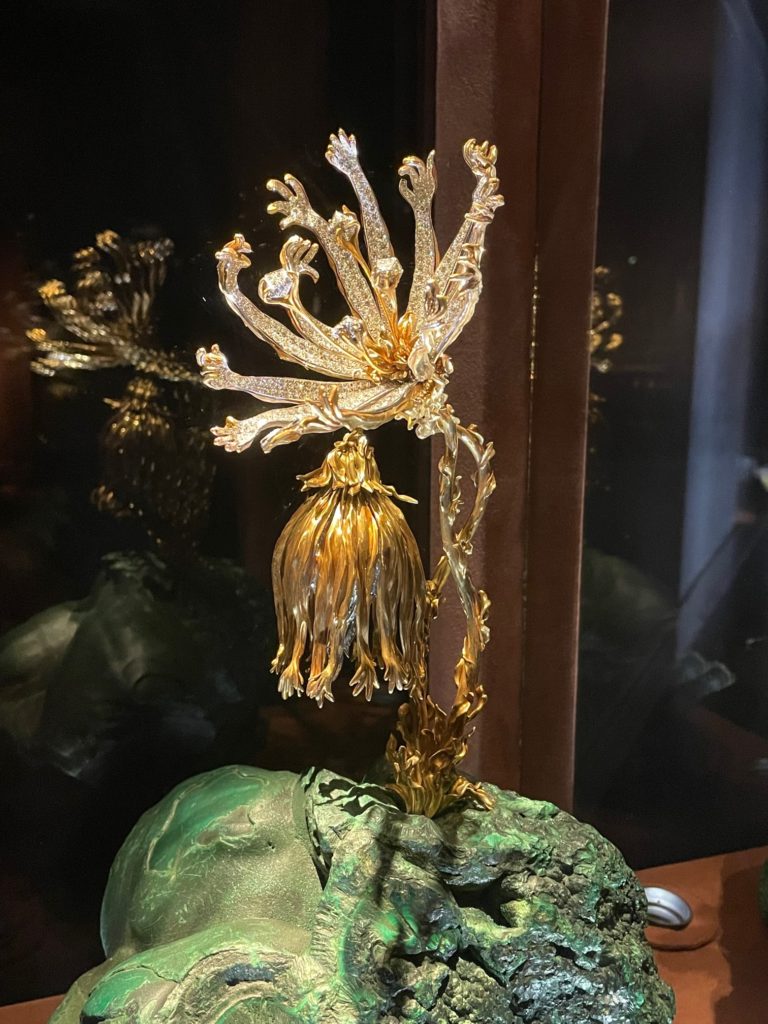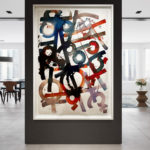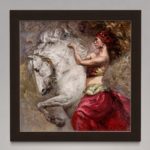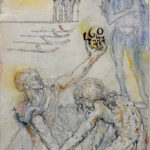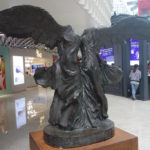What kind of a person makes a museum…for himself?….
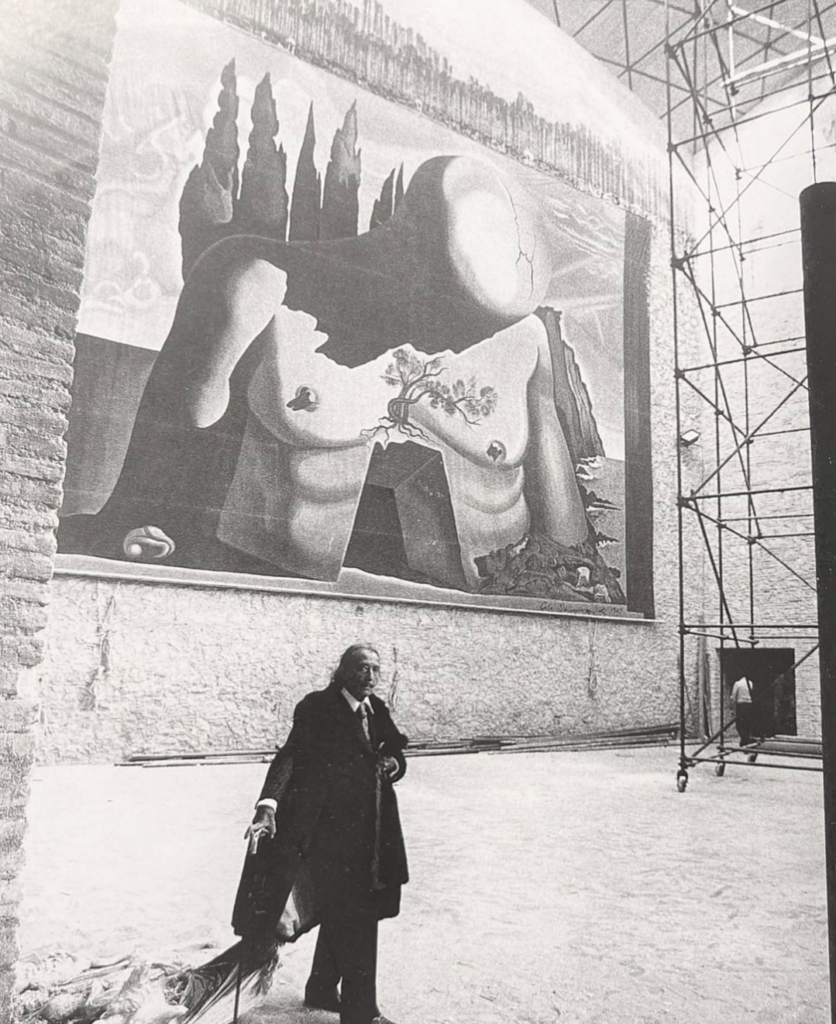
The consummate showboat and entertainer, Salvador Dali, of course. The Surrealist artist was synonymous with unorthodox theatrics, so it is only fitting that his museum, “Teatro Dali” in Figueres, Spain, had previously been his hometown theater. The building had burned during the Spanish Civil War and its skeletal remains sat untouched for nearly 30 years, a stark reminder of the dangers of a country turning on itself. In the 1960’s, Figueres’ town mayor helped conceptualize a museum dedicated to its most famous resident artist and Dali seized the opportunity to create a three dimensional Surrealist experience in a place he was umbilically connected to. He was baptized in the church across the street. The theater itself housed one of his first art exhibitions. The artist’s ideas drape every aspect of the museum from the eggs and bread loaves dotting the exterior to every niche which holds his conceptual statements. After our visit on a sweltering summer afternoon, it became clear there is no better way to truly understand an artist’s vision than to walk through the labyrinthian walls which they themselves designed.
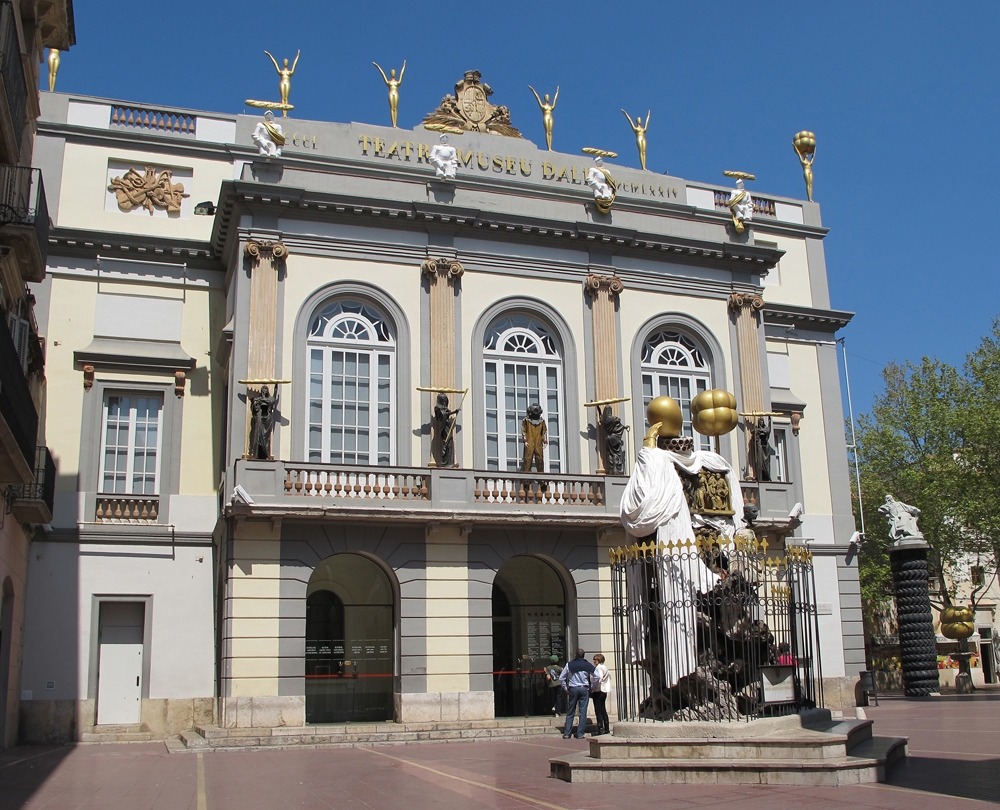
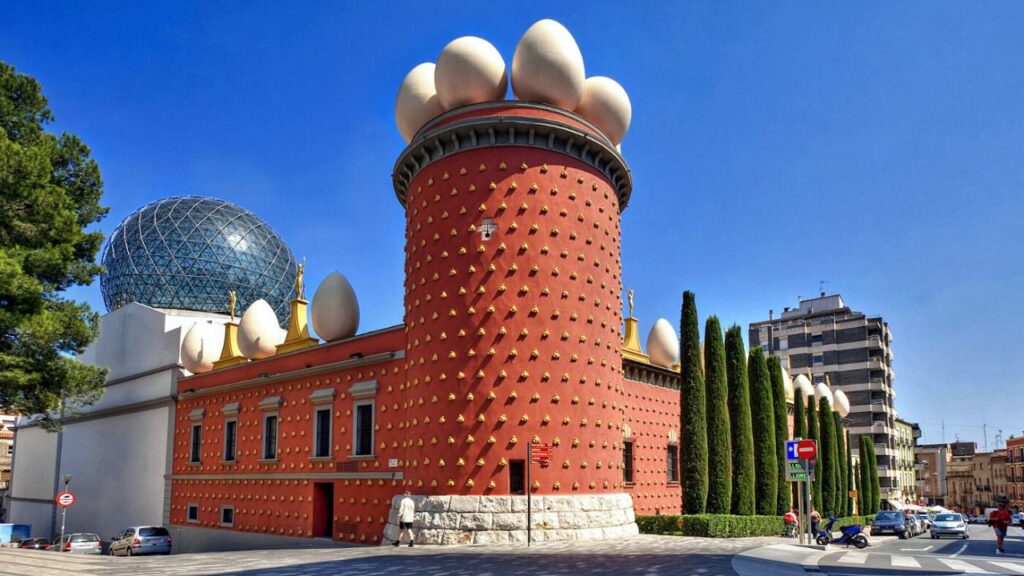
Teatro Dali is dizzying. Built around the former stage, throngs of tourists bathed in boundless creativity while weaving through saturated rooms and tangled hallways. It contains the artist’s single largest collection of works including paintings, etchings, sculptures, furniture, tapestries, collages, assemblages and jewelry.
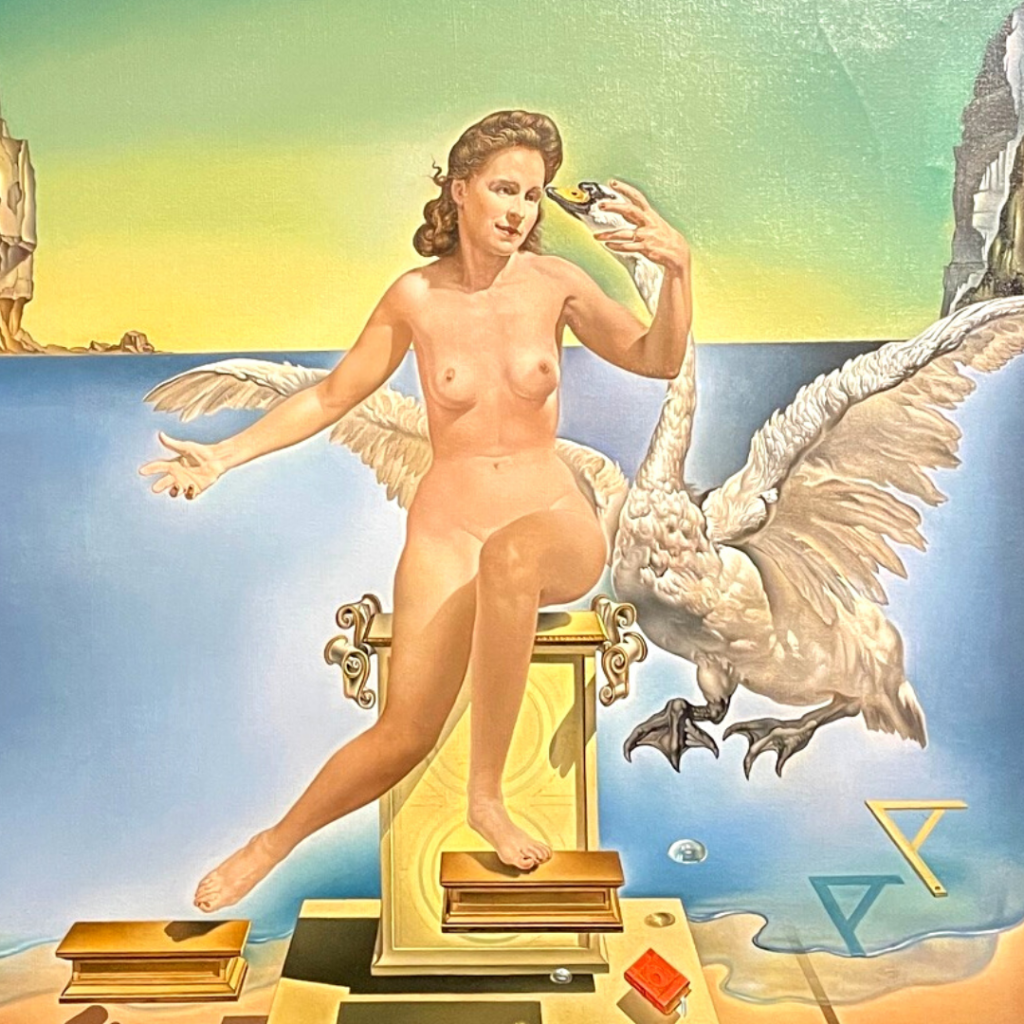
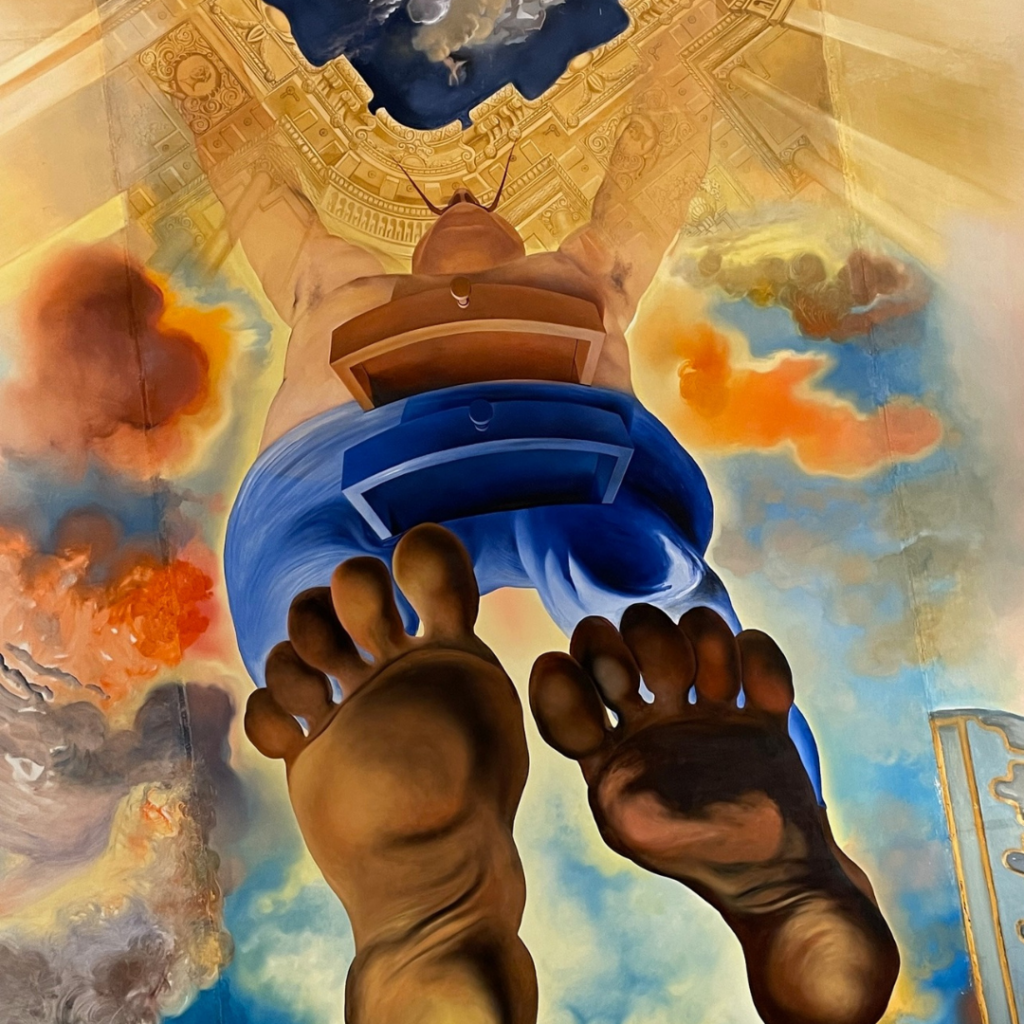
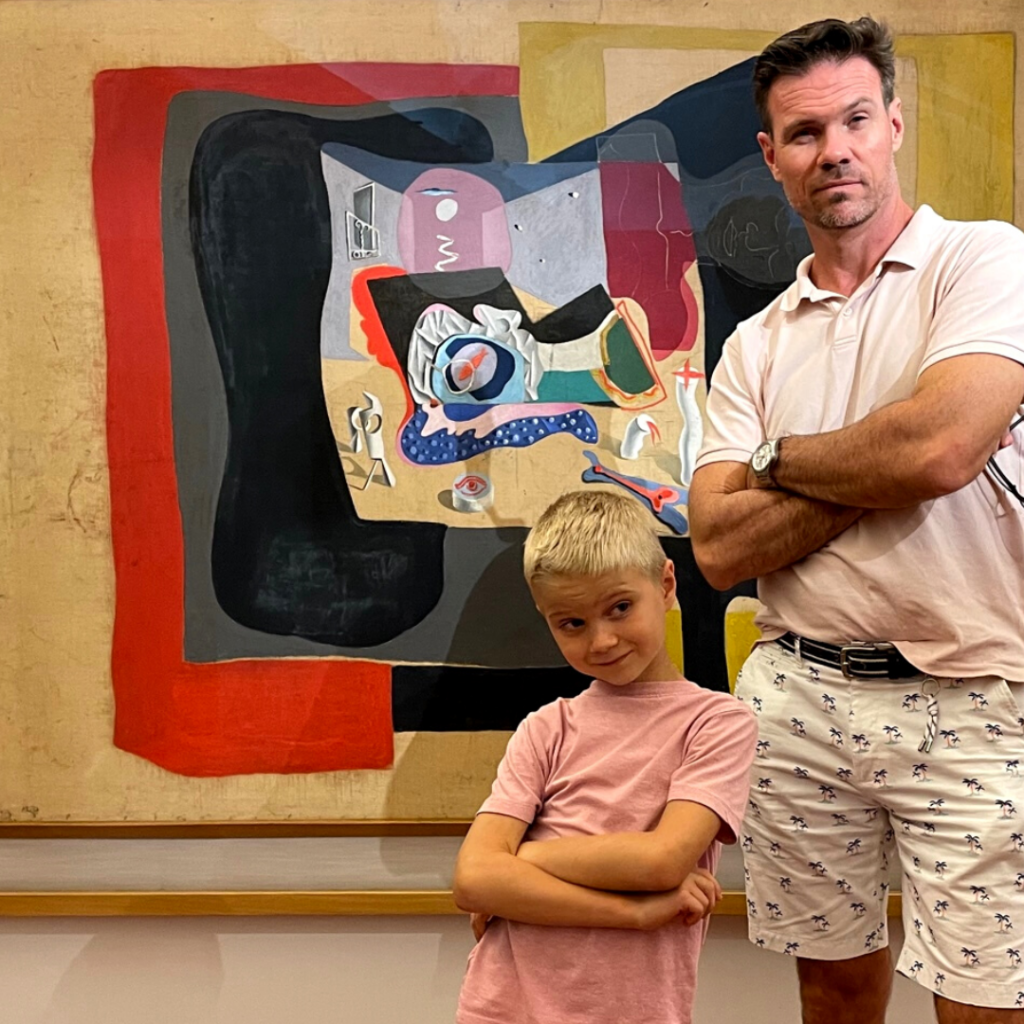
This is not a stark, white-walled museum. It was not curated by bespectacled art historians exploring a long-dead artist through their interpretation of his vision. Instead, the artist himself orchestrated the collection to feel intentionally chaotic, disjointed, even uncomfortable at times. The museum is the physical embodiment of cognitive dissonance. Modern glass meets weathered stone. Dusty mannequins neighbor priceless jewels. The grotesque and refined coalesce. The hard and the soft … like an egg, Teatro Dali is the birthing incarnation of what surrealism truly is.
